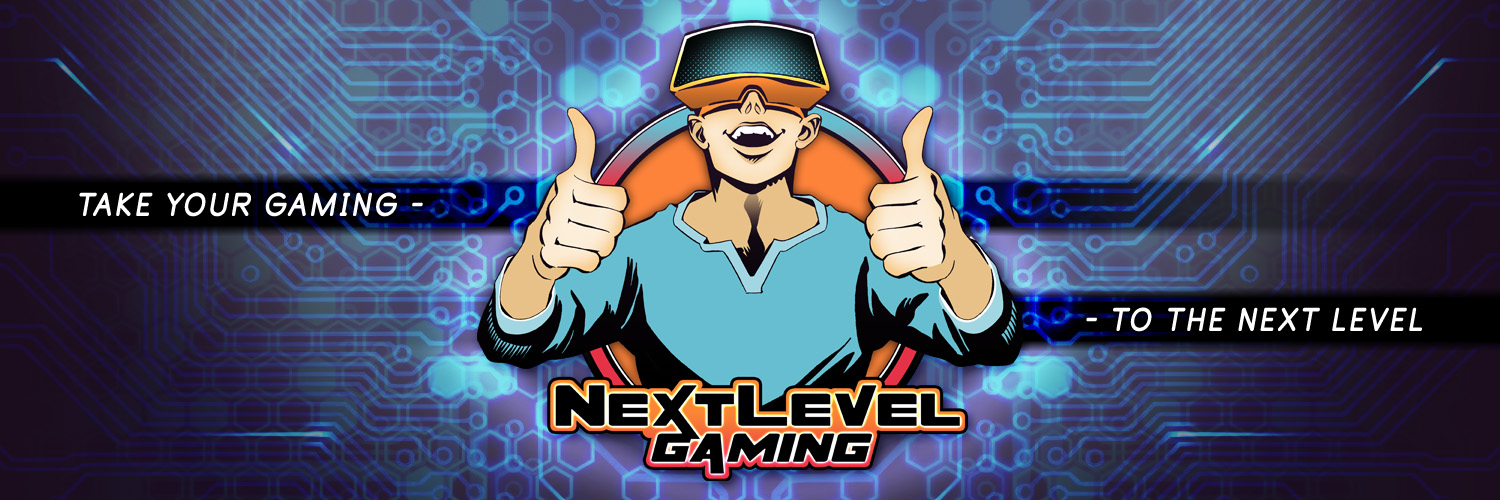Your cart is currently empty!

From Concept to Console: The Journey of Game Development
Embarking on the Epic Journey of Game Development: From Concept to Launch
Have you ever found yourself lost in the vast expanse of a digital world, captivated by the adventures that unfold before you? Behind every immersive gaming experience lies a journey of creativity, dedication, and innovation—the journey of game development. Aspiring game designers and developers often dream of bringing their ideas to life, but navigating the intricate path from concept to launch can be a daunting task. In this comprehensive guide, we unveil the steps involved in the exhilarating journey of game development, offering insights and strategies to help you turn your vision into a reality.
1. Conceptualize: Igniting the Spark of Creativity
At the heart of every great game lies a spark of inspiration—an idea that ignites the imagination and sets the wheels of creativity in motion. The first step in the journey of game development is to conceptualize your vision, transforming abstract ideas into tangible concepts that form the foundation of your game. Whether it’s a thrilling adventure, a gripping narrative, or a unique gameplay mechanic, take the time to gather your thoughts, sketch out concepts, and define the core vision of your game. This initial phase is crucial for laying the groundwork for your project and establishing a clear direction for the creative process ahead.
2. Pre-produce: Crafting the Blueprint for Success
With your concept firmly in place, it’s time to transition from ideation to execution by entering the pre-production phase of development. During this stage, you’ll flesh out your ideas in greater detail, crafting characters, documents, and storyboards that bring your vision to life. Create a prototype of your game mechanics to test their feasibility and establish a roadmap that outlines the key milestones and deliverables for your project. By investing time and effort in pre-production, you’ll set the stage for a smooth and successful development process, laying the groundwork for the production phase that lies ahead.
3. Produce: Breathing Life into Your Creations
Armed with a solid plan and a clear vision, it’s time to roll up your sleeves and dive into the production phase of game development. This is where the magic happens, as you bring your ideas to life through a combination of coding, visual design, and level creation. Write code to implement your game mechanics, create stunning visuals to capture the imagination of players, and design levels that offer engaging challenges and opportunities for exploration. Every element of your game should seamlessly integrate into the overall experience, creating a cohesive and immersive world that draws players in and keeps them engaged from start to finish.
4. Playtest: Refining Your Masterpiece
No game is perfect on the first try, which is why playtesting is an essential step in the game development process. Gather feedback from testers to identify any bugs, glitches, or gameplay issues that need to be addressed. This iterative process of testing and refinement allows you to fine-tune your game, making adjustments and improvements based on player feedback to ensure that the final product meets the highest standards of quality and polish.
5. Polish: Adding the Finishing Touches
As your game nears completion, it’s time to focus on adding the finishing touches that will elevate it from good to great. Pay attention to every detail, from audio and visuals to user interface design and performance optimization. Polish your game until it shines, ensuring that every aspect meets your standards of excellence and contributes to a seamless and enjoyable player experience.
6. Acquire Certification: Meeting Quality Standards
For console games, acquiring certification from platform holders such as Sony, Nintendo, or Microsoft is a crucial step in the launch process. This certification process ensures that your game meets the quality and technical standards required for release on their respective platforms. Be prepared to undergo rigorous testing and validation to ensure that your game meets all necessary requirements before proceeding to the next stage.
7. Launch: Unleashing Your Creation Upon the World
Finally, the moment you’ve been waiting for has arrived—it’s time to release your game to the public. Use marketing strategies to generate buzz and reach a wider audience, building anticipation and excitement for your launch. Whether it’s through social media campaigns, press releases, or promotional events, make sure to spread the word and drum up support for your game. With careful planning and execution, your launch can be a resounding success, propelling your creation into the hands of eager players and setting the stage for continued success in the competitive world of gaming.
Conclusion: Embracing the Adventure of Game Development
In conclusion, the journey of game development is a thrilling and rewarding adventure that offers endless opportunities for creativity, innovation, and exploration. From the initial spark of inspiration to the exhilarating moment of launch, every step of the process is filled with challenges and triumphs that shape the final outcome of your creation. By following the steps outlined in this guide and staying true to your vision, you can navigate the complexities of game development with confidence and determination, bringing your ideas to life and sharing them with the world. So, embrace the adventure that lies ahead, and embark on the epic journey of game development with passion, perseverance, and a sense of wonder.

Transforming your ideas into a gaming reality is possible through these steps. Along with passion and dedication, you can certainly achieve your gaming goals.

